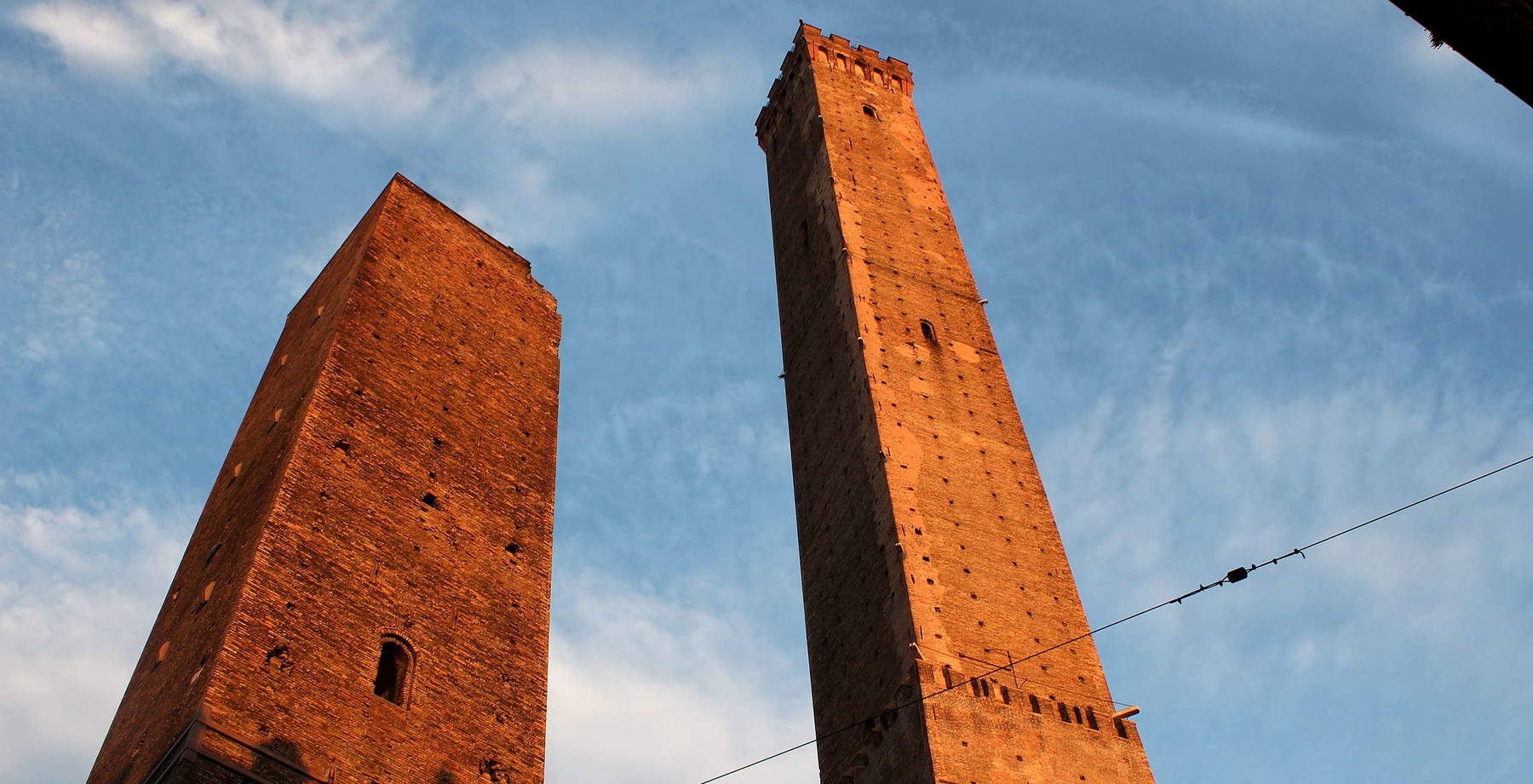More on the Garisenda: the affair would never have arisen if...
An article appeared these days in the Bolognese newspaper “Il Resto del Carlino” documenting the care devoted as early as the nineteenth century to the thousand-year-old Garisenda Tower, a symbol of the city, which today is said to be in danger of collapse. It is a text I take up because it stands as an ideal response to my remarks published in "Finestre Sull’Arte."
The article tells us that between 1887 and 1890 the buildings that had been leaning against its base over the centuries were demolished, so it was not a structural intervention but a romantic aesthetic one. From 1902 is a report where it mentions the “fears of the technicians about the intervention in the sloping part of the Garisenda (later resolved)” and “movements” of the Tower. Movements soon after analyzed by a famous local engineer, Francesco Cavani, who “summarizes his own investigations in no less than 794 observations.” Report in which it is said that the Garisenda “moves almost continuously [...]. it moves north and oscillates between East and West by the action of the sun [...] and moves by the action of very strong winds.”
From there begins a century of silence. Until today, when “according to the report submitted to the municipality last November 15 (source Sky) the collapse probability values are unacceptably high, more than 10,000 times (sic) higher than what is typically allowed by the standards.” Very serious statement without, however, clarifying what are the standards by which those 10,000 probabilities were calculated. Unless this is a reprise of Cavani’s remarks about “east-west oscillations” and “sunshine and strong winds,” that is, bringing up today’s environmental crisis for the Garisenda as well. Indeed, if this were the case, the tens of thousands of bell towers and steeples that Italy boasts would be at risk of collapse. I conclude by saying that the Garisenda affair would never have arisen in the technical-scientific terms just seen if there still existed an Institute of Cultural Heritage headed by a figure in continuity with that of Lucio Gambi and a Central Institute of Restoration headed by a figure in continuity with that of Giovanni Urbani.

Warning: the translation into English of the original Italian article was created using automatic tools. We undertake to review all articles, but we do not guarantee the total absence of inaccuracies in the translation due to the program. You can find the original by clicking on the ITA button. If you find any mistake,please contact us.




























